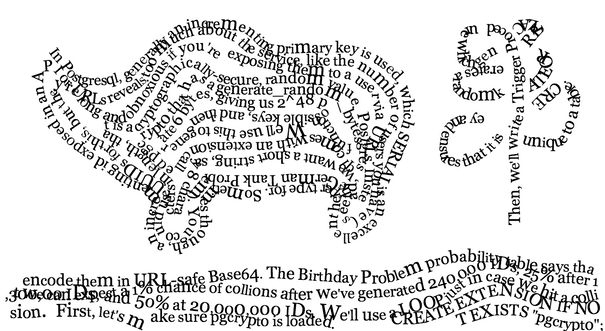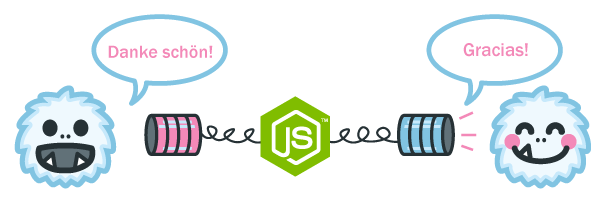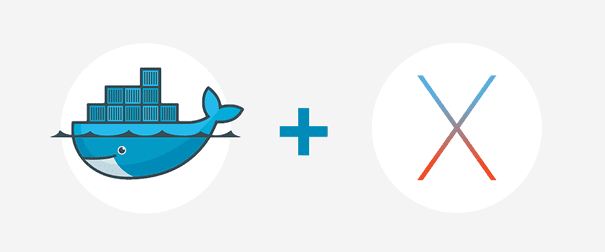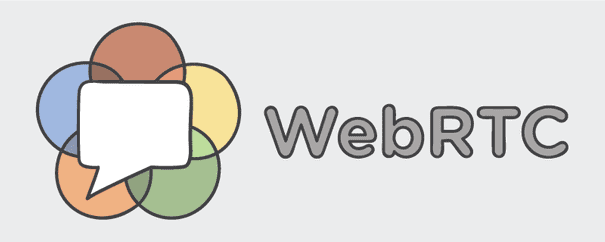WTF is &yet story mode?
We’ve been getting a lot of questions about the weird thing we’re doing on our home page. Most of them are some version of WTF? So I thought I’d share a little about what it is, why we’re doing it, and where it’s going.
I believe strongly in the potential of digital spaces to foster amazing communities. So many of the people I care deeply about, I never would have met if it hadn’t been for Twitter and blogging and various pockets on the Internet. But 2016 feels like the year when so many of the places I’ve hung out have devolved drastically. Instead of feeling like a safe, exciting place full of amazing people, it’s started to feel like a company of strangers talking (often yelling) at the same time.
It’s gotten me thinking about how to be more intentional about the way we connect with people online. Is it possible to do it better than we’re doing it now? How can we reject the defaults and assumptions of social media and invent our own way of being with others on the Internet?











